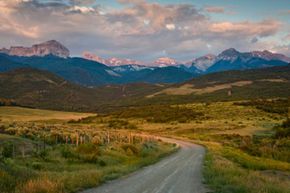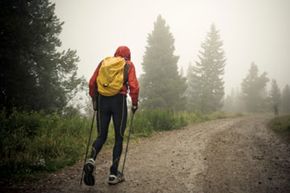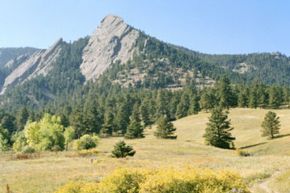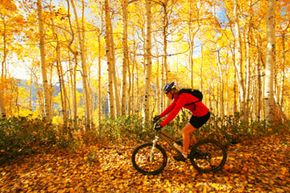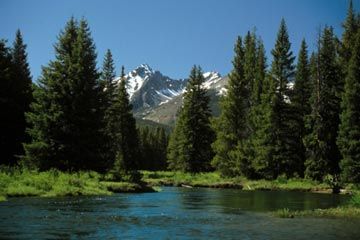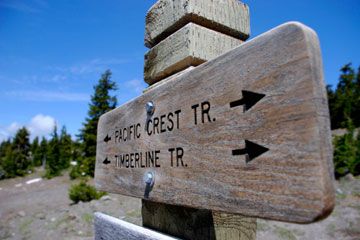The Colorado Trail system is one of the most aesthetically remarkable and athletically challenging places to hike in the United States. A variety of terrain is covered, from snowy mountains to lush forests to meadows, stretching across half of the state of Colorado, not to mention eight mountain ranges, six national forests and five river systems. The trail begins at Waterton Canyon, outside of Denver, and ends in Durango in southwestern Colorado -- more than 486 miles (782 kilometers) away. Most of the trail sits more than 10,000 feet (3,048 meters) above sea level and peaks at 13,271 feet (3,045 meters) for a vacation-length, exhilarating experience, no matter which of the 28 sections and trailheads you tackle.
Because of the elevation and the often steep terrain, the entire trail isn't suitable for the beginning hiker. Fortunately, day hikes are a possibility, as are full-trail hikes or "thru-hikes." Severe weather is also a concern, but hike the Colorado Trail in the summer months (it's barely accessible in the winter) and you're sure to have a memorable experience.
Advertisement
Want to find out more about this beautiful expanse of land? Read on.
